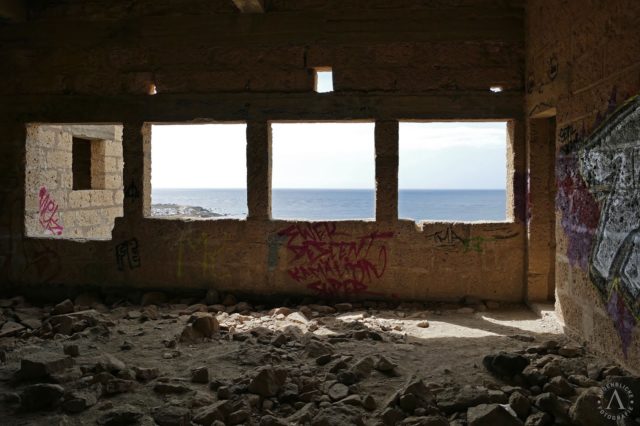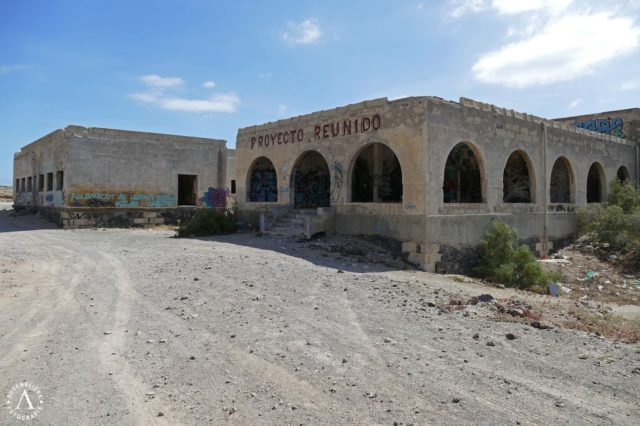When anyone mentions Tenerife, people mostly think of a hot and dry holiday destination where you can combine sunbathing with hiking up Mount Teide.
But for those visitors who want to explore something different, there are the remains of an old leper colony in Abades on the south-eastern coast.
Abades wasn’t the first leprosy sanitorium to be built on the island. There was already one on the north side which was created in response to a leprosy outbreak that occurred during the Spanish Civil War.
By 1940, there had been a total of 197 cases and people were getting worried. They wanted to distance themselves from the disease and so it was decided to build a second leprosy station at the southern end, which was less populated. The project was green-lighted in 1942 and would be supervised by the military.
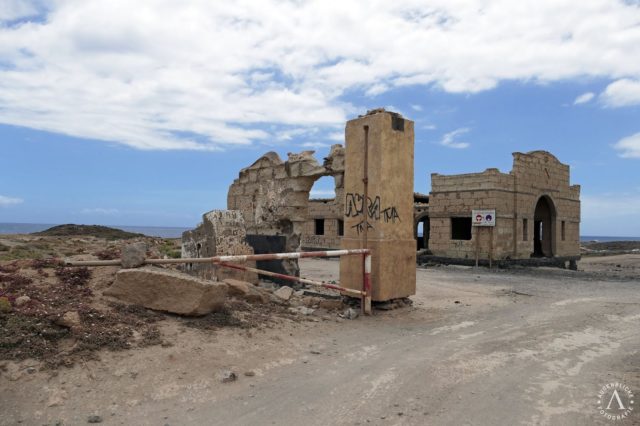
Construction on the Abades leprosy station, which was to be called the Sanatorio de Abona, began in 1943. Jose Enrique Marrero Regalado was the chosen architect as he had already designed other notable buildings in Tenerife.
The Sanatorio de Abona consisted of about forty buildings. As well as the hospital and administration buildings that you would expect to find in such a complex, there were also various bungalows for accommodation and a church.
The church was built in the Franco style and the giant cross on the top is visible several miles away.
The sanatorium also had a crematorium. This was considered important since, at the northern colony, they’d been throwing the bodies into the sea until they realized that cremation was a much better option.
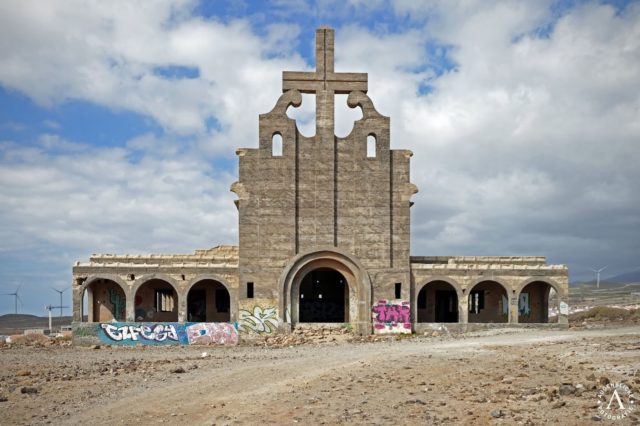
Patients in the hospital would have access to a dining hall, examination rooms, bedrooms, and a recreation area. Whether they were sick or healthy, everyone was to be separated by gender.
However, even as this colony was being built, the drug Dapsone was being developed. Dapsone was an antibiotic that was found to be very effective in treating leprosy. It gained in popularity so quickly that leprosy was soon eradicated from the Canary Islands.
Unfortunately, this meant that the Sanatorio de Abona was abandoned before it was even completed. By then, more than 11 million pesetas had been spent on construction and all that was left to show for this were buildings in various states of completion.
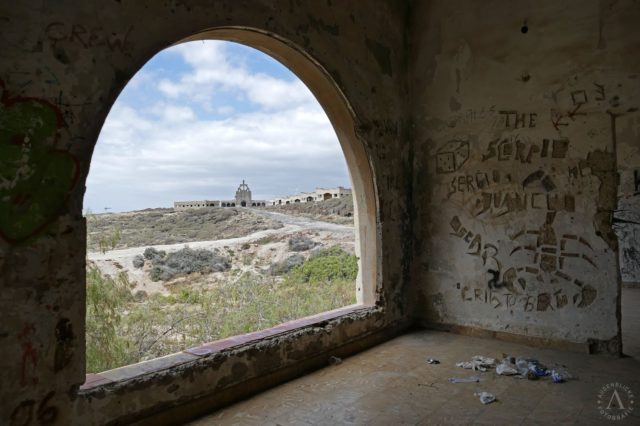
The sanitorium quickly fell into decline. The beds that had been put in the dormitories ready to be used by patients were broken or stolen, and scrappers took much of the copper wiring that had been installed.
The complex stood abandoned until the 1960s when the military decided it would be an excellent setting for a training center. The location was renamed Escuela de Magisterio and offered training in urban warfare as well as facilities for target practice.
The military used Escuela de Magisterio until 2002 when the site was abandoned again. Evidence of the army’s presence can be found in the barbed wire fence, various spent ordnances, and the squadron sigils that remain on some of the walls.
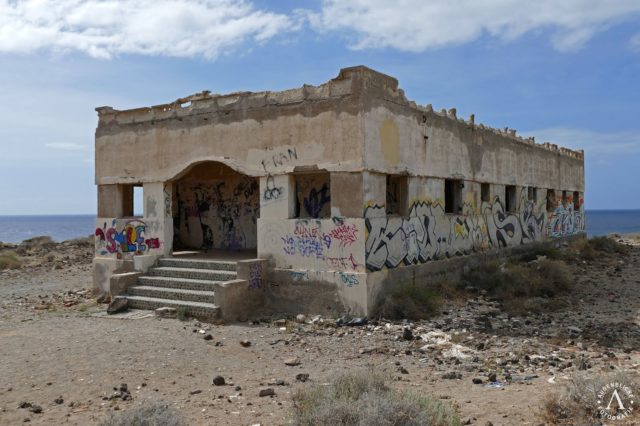
It looked like the Sanatorio de Abona might gain a new lease of life in 2007 when the land around it was sold to an investment group for 17 million euros. The group had plans to build a 3,000-bed resort with two golf courses and other guest amenities.
Unfortunately, a change in the law frustrated their project so that the resort never saw the light of day. Nevertheless, the derelict Sanatorio de Abona still attracted visitors, but they were mainly ravers, paintballers, graffiti artists, and urban explorers.
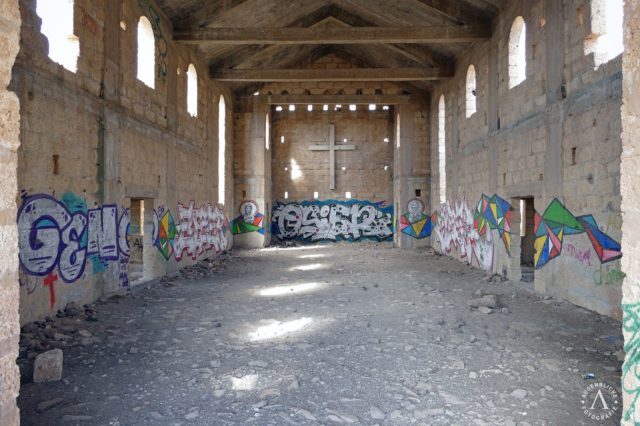
Today, the nearby village Abades is a popular holiday destination. Relatively quiet in the winter, it becomes thronged with holiday-goers who come to take advantage of the nine eateries, the scuba-diving center, and a beach that is accessible to those with disabilities.
On the hilltop above Abades, the Sanatorio de Abona stands quiet and forgotten, a perfect location for anyone wanting to find some peace to listen to the sounds of the sea away from all the tourist destinations.
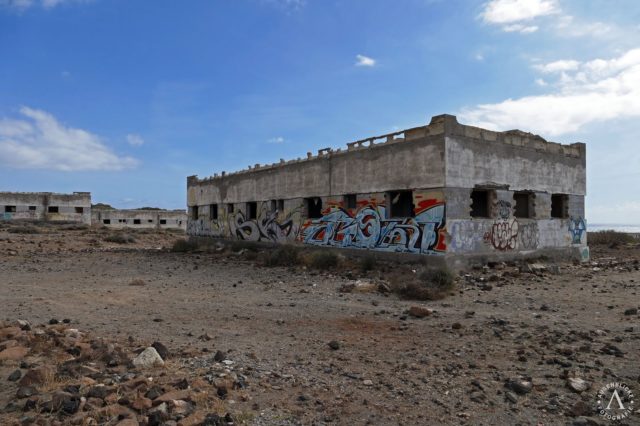
Augenblicke Fotoblog is a German photography blog which charts places and moments that an amateur photographer from Franconia, Germany is able to capture with his camera.
The photographer who owns the pictures in this article is Andy Betz. He kindly agreed to share his photos with our readers. You should check his photography page and Facebook one. Enjoy!
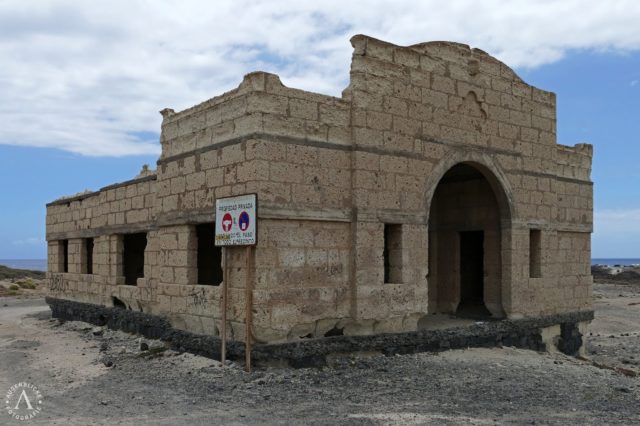
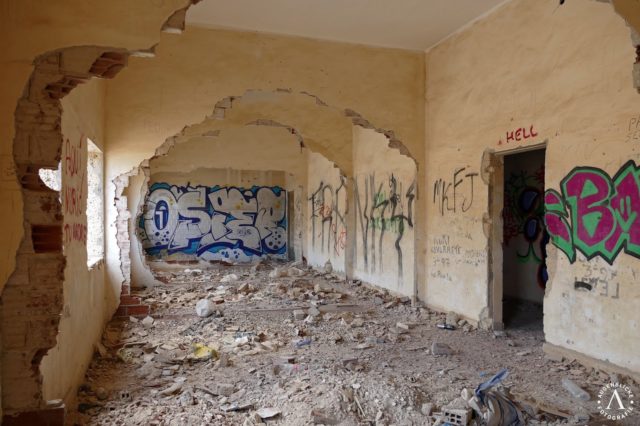
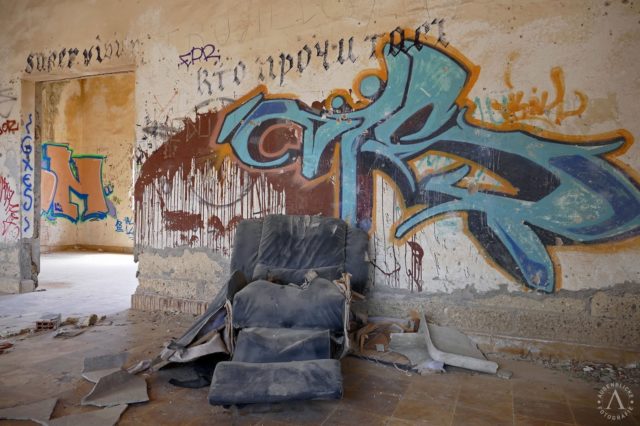
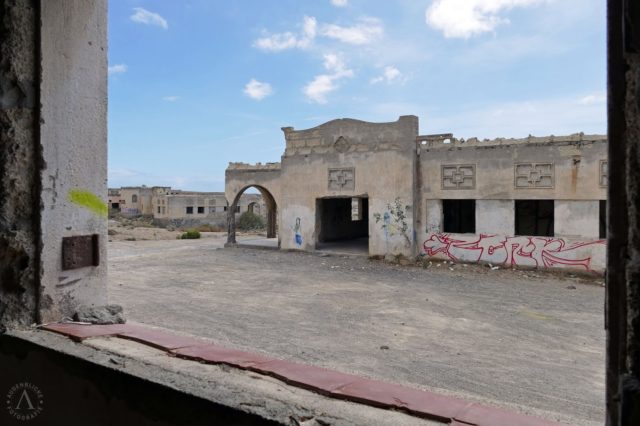
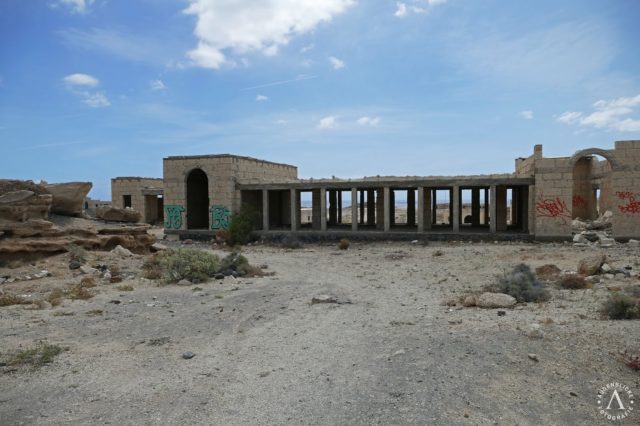
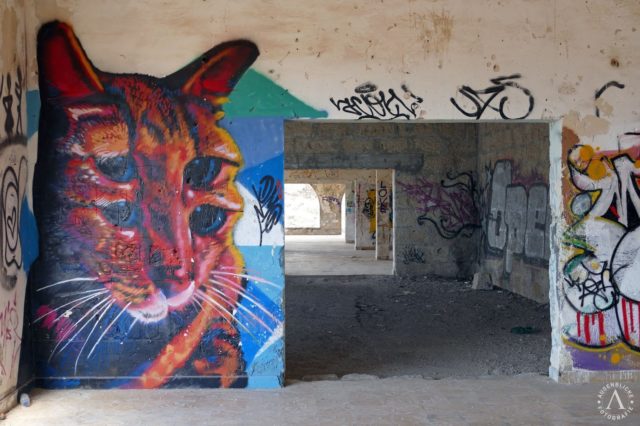
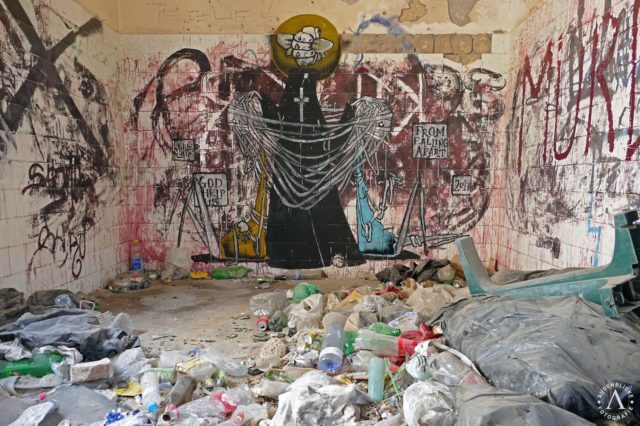
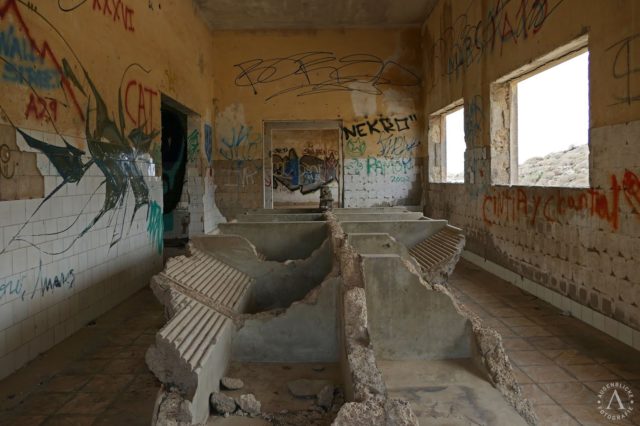
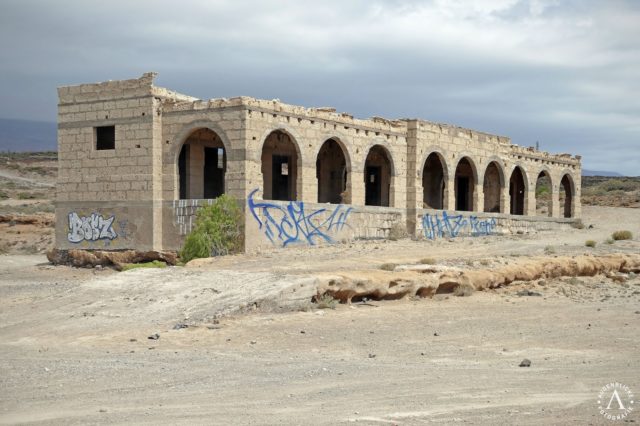
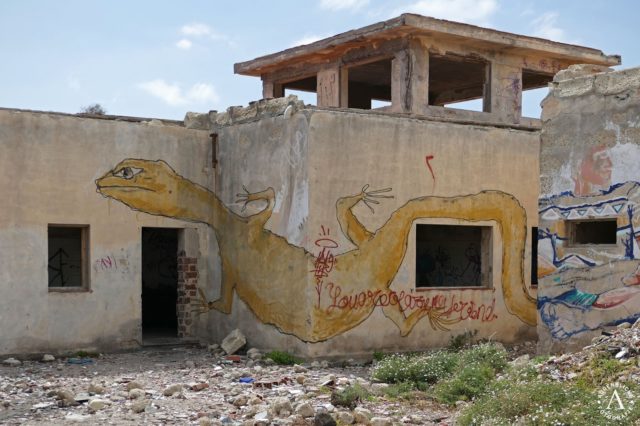
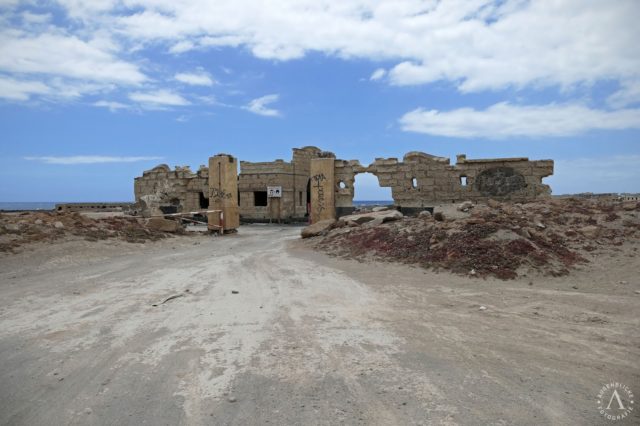
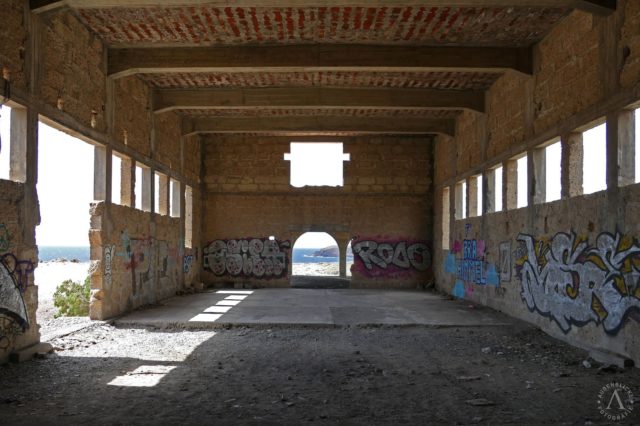
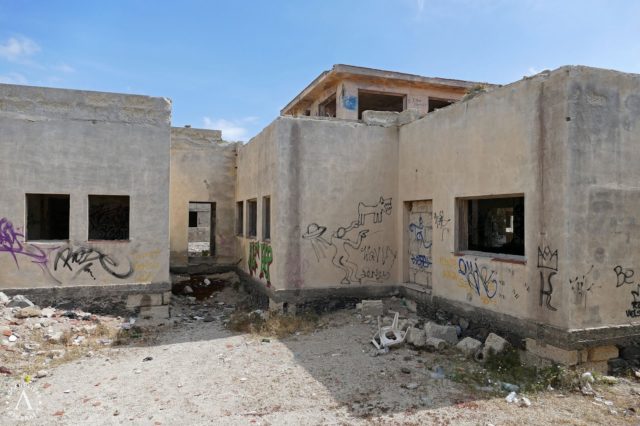
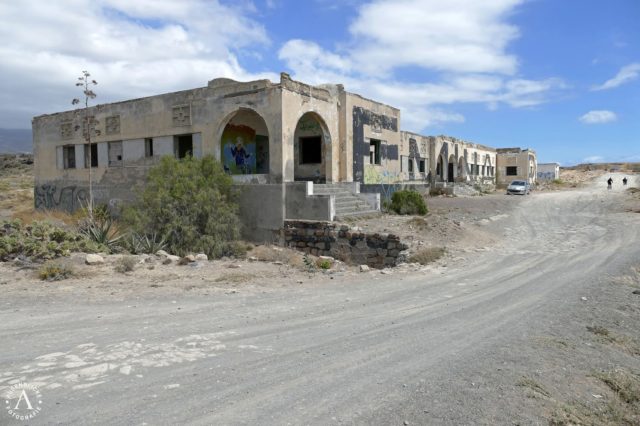
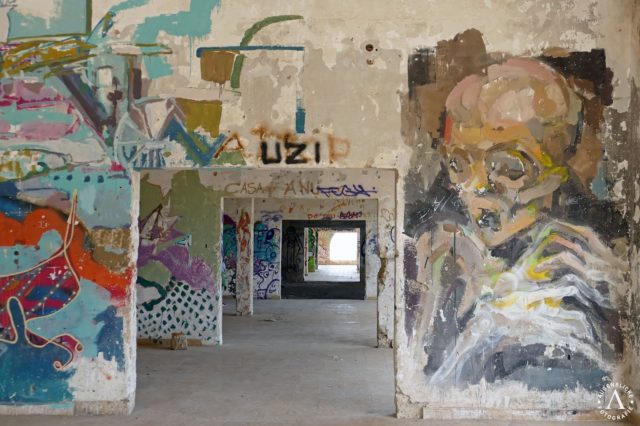
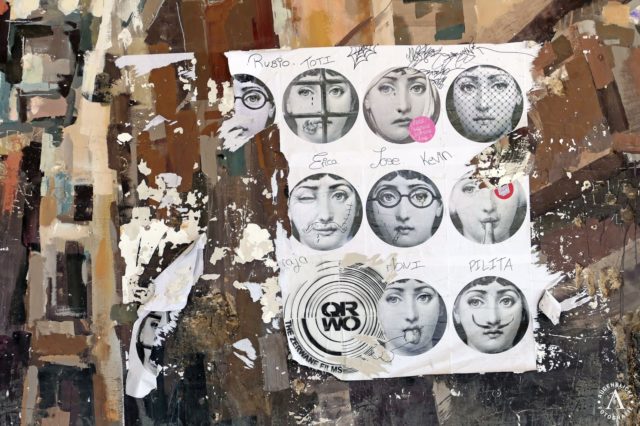
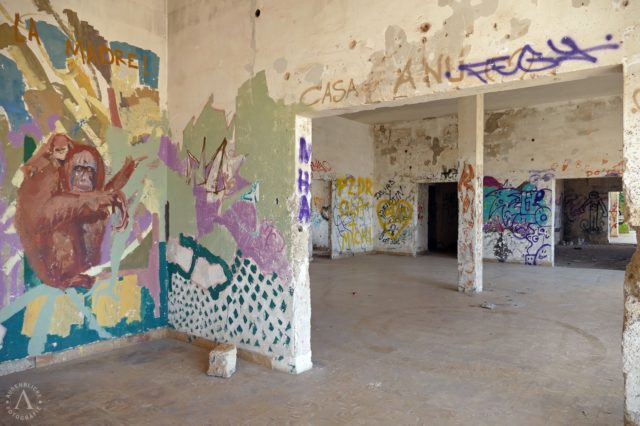
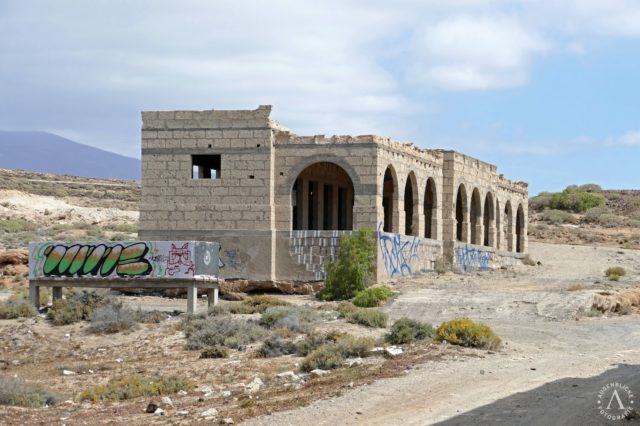
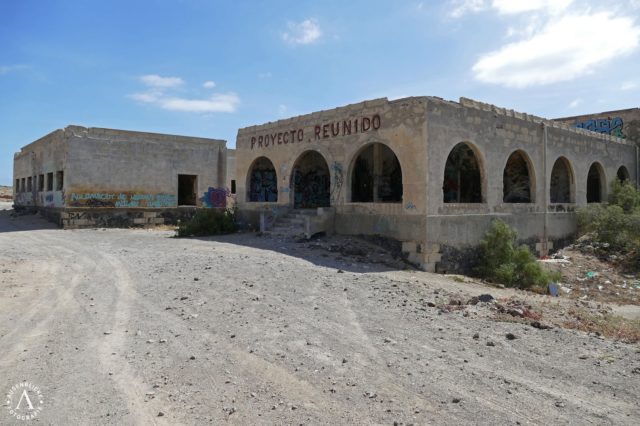
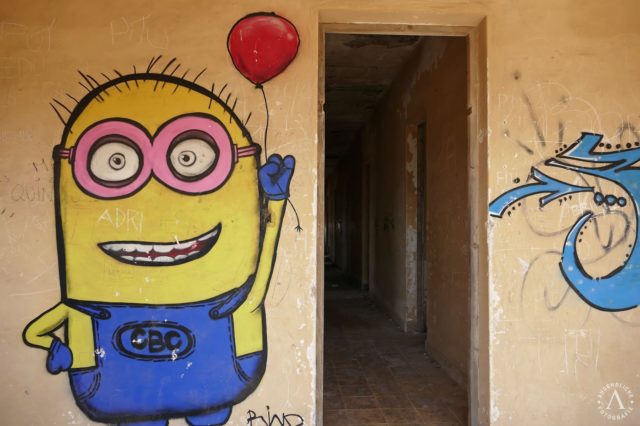
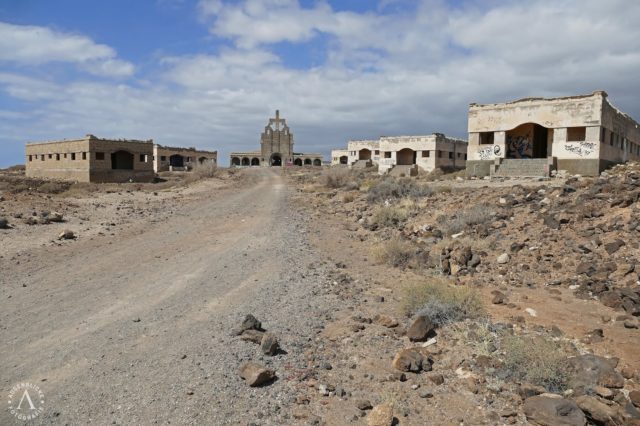
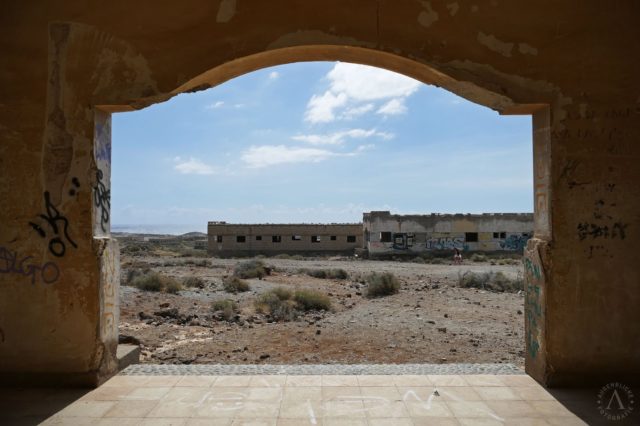
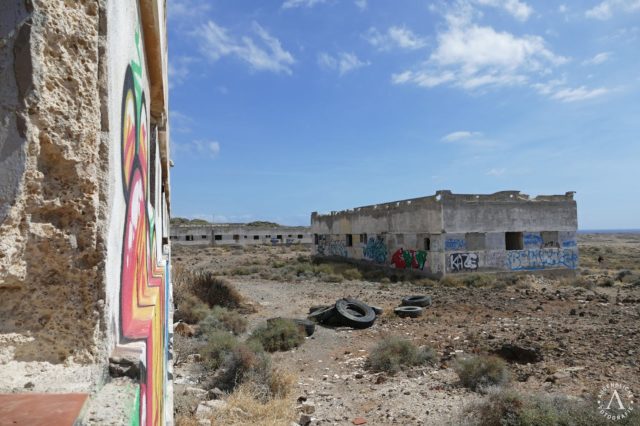
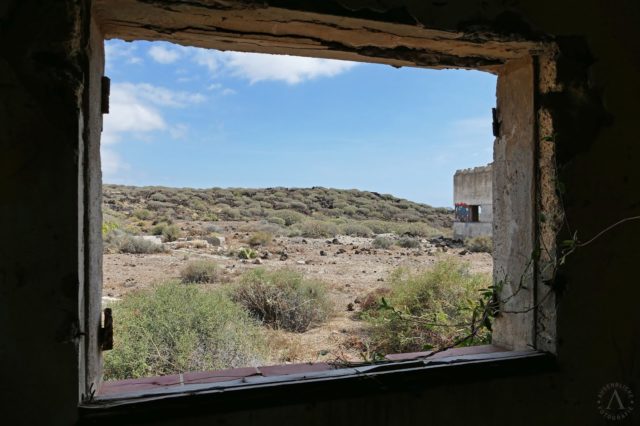
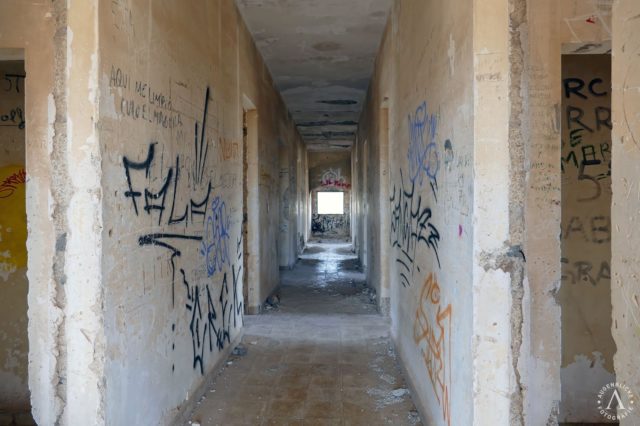
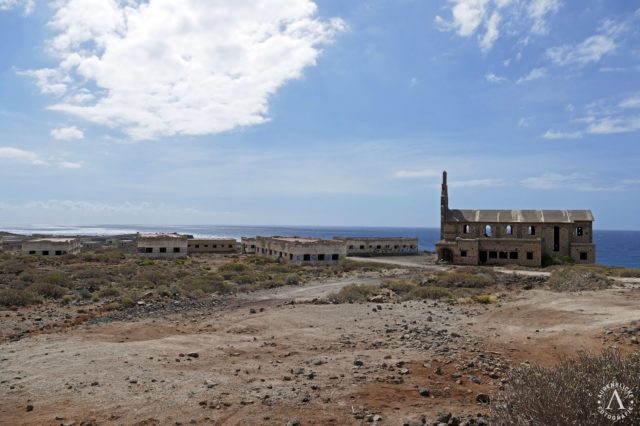
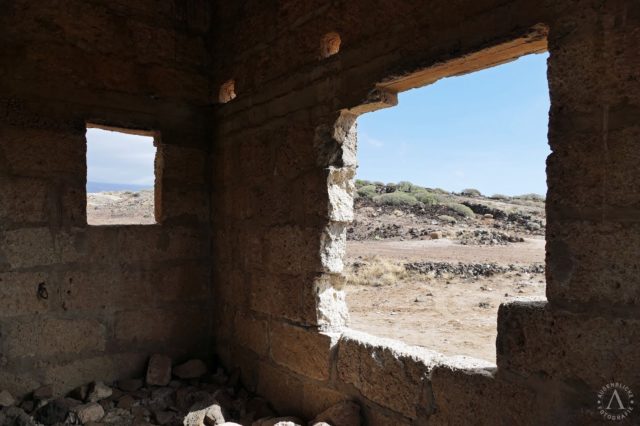
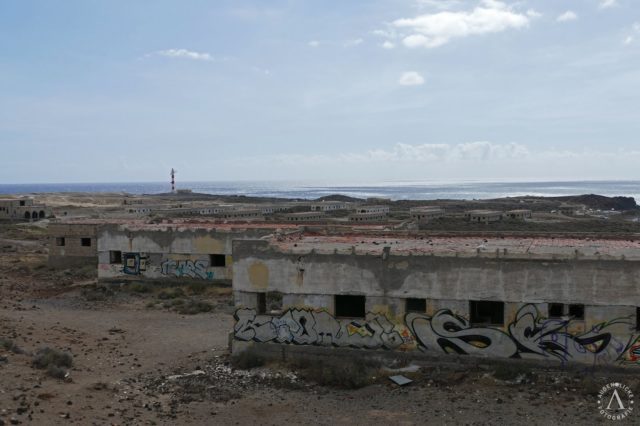
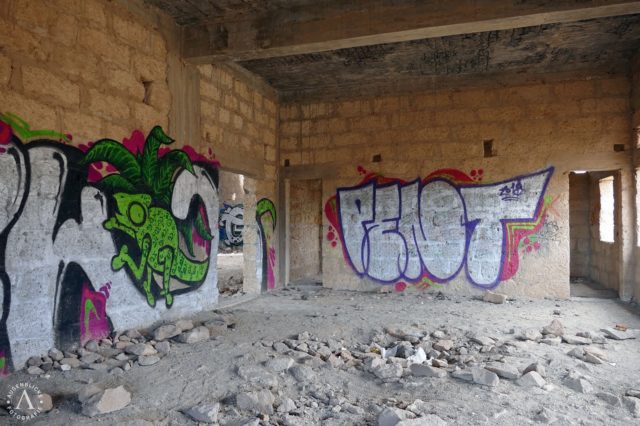
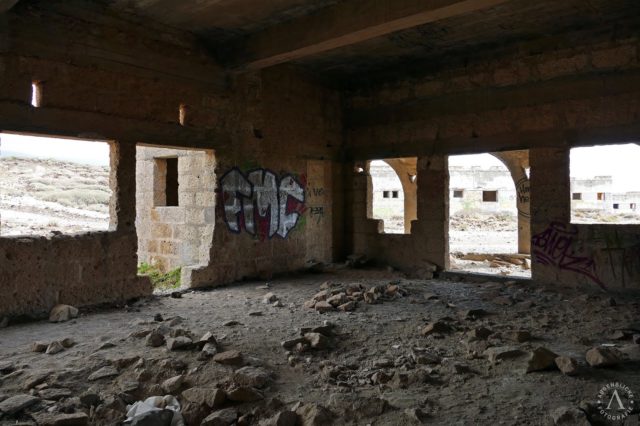
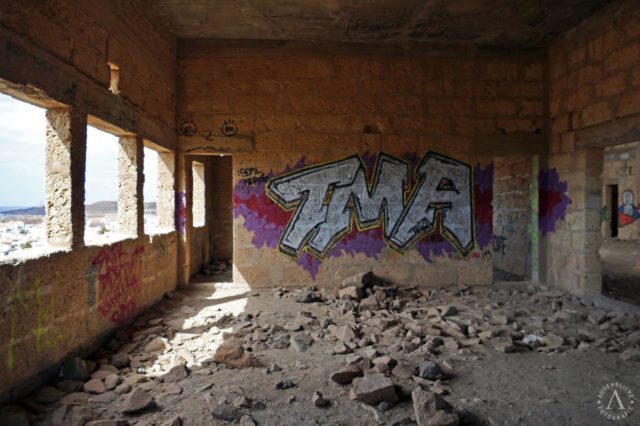
The Abandoned Circular Railway in Paris
Whaling Ship has Been Grounded in Iceland for 39 years
